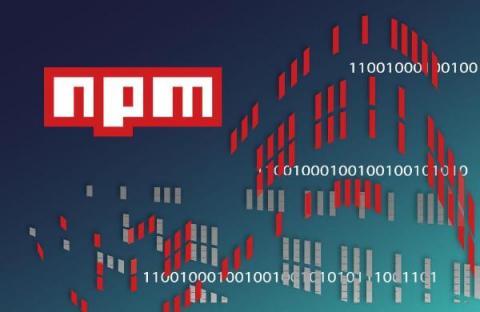Major Database Security Threats & How You Can Prevent Them
Organizations and businesses must use a range of measures, protocols, and tools to protect their databases from cybercriminals. If breached, malicious actors can gain access to sensitive information that they can use for financial gain. Security teams must adapt and constantly improve to protect against ever-evolving security threats, and maintain the integrity of a database. This article will discuss the major database security threats, and how you can prevent them.











